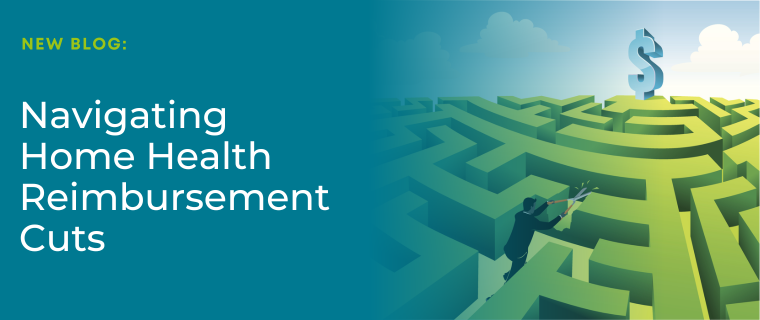Why You Don’t Want Your Healthcare Technology To Do Everything
As Medalogix’s VP of product management, my job is to think about what the market needs, listen to what existing clients would like for improvements and determine where our product needs to go.
Product managers receive hundreds, if not thousands, of ideas. It’s the job of the product manager to decide which ones get worked on and which ones don’t. One of the hardest responsibilites a product manager has to do is say no to a lot of ideas–some of which may be great and others which are, well, less than great.
Of courseyoudon’t have terrible ideas. But Joe (he sits on the other side your cubicle wall), has he ever come up with a bad idea? One that you say just won’t work. And yet Joe’s infectious enthusiasm gets everyone to nod their head in agreement at his idea. What if his idea made it into the healthcare technology you use every day?
Don’t forget, there are 200 other Joes out there. And then all oftheirideas get implemented. The healthcare technology you use every day just got more complicated and frustrating to use.
Remember in 2009 when Facebook revamped the news feed to show more of your friends’ activities? You couldn’t pick what you saw and uproar ensued due to the amount of information being shown.
Or how about in 2013 when advertisement videos started playing automatically.
And lastly in 2014 when you had to download the separate messenger app to continue to send private messages to friends.
One Joe or another thought each of these were great ideas. And hey, they may have been great ideas for some, but they took more away from the overall experience and result for most users. I’m looking for those ideas that improve the overall experience and result for Joe, and everyone else.
The point is, everyone wants software that’s easy to use and actually gets the job done.The more complex and idea-laden a technology becomes, the harder it is to useand the less people will use it.And when that happens, the whole reason why you bought the software in the first place starts to lose and results start to decline.
While features can invade a technology, so can design–if you’re not careful.
I marvel at the simplicity and intuitiveness Medalogix designers are able to achieve while expressing and organizing complicated data, behind the scenes predictive modeling and data processing.
Sohowdoes a product manager know if design is good or not? I use the “Don’t Make Me Think” test. If I have to really concentrate on a new screen or, even worse, cock my head to the side to consume the information, it’s not great design. If I have to think too much, I feel overwhelmed and intimidated and I don’t want to use the software. And if this is how I’m feeling, the end user will likely feel the same way.The number one reason why new screens fail the “Don’t Make Me Think” test is because too much info is crammed onto one screen. (By the way, you can rest at ease because Margaret Schmitt is the best UI designer I’ve ever met and she’s one of the first Medalogix employees.)
I’m passionate about our products. I’m passionate about the patients who have been kept out of the hospital because ofTouch. I’m even more passionate about the patients who are able to receive hospice care earlier because ofBridge. I promise you our mission will always be to create software that’s easy to use and actually helps improve patient care. I also promise to keep an eye out for Joe.
Photo Credit:thenicepodcast.com
Related Blogs

Successfully Navigating the “Grey Area” between Home Health and Hospice: Considerations and Strategies for Home Health Operators
Amanda Fabozzi, PT, DPT Whether a patient should be served by hom...

Navigating CY 2025 Home Health Reimbursement Cuts: Medalogix Offers Innovative Solutions to Enhance Efficiency and Outcomes
As the Home Health industry grapples with the CY 2025 proposed rule, we ...

Solving the Home Health Maze: Referral & Intake
The CMS Office of Burden Reduction & Health Informatics (OBRHI) coll...


